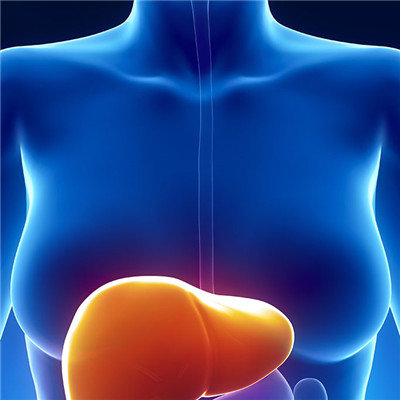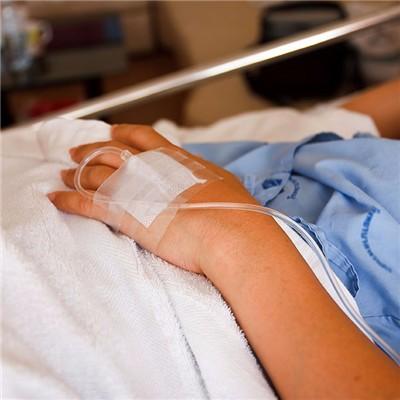What is aortointestinal fistula?
summary
Aortointestinal fistula refers to the pathological communication between aorta and adjacent intestine. Primary AEF can be divided into two types: primary and secondary. Primary AEF has no history of aortic surgery, but is directly penetrated into the adjacent intestinal cavity due to the invasion of the aortic wall caused by the lesion of the aorta itself, which is more common in the duodenum; Secondary AEF is due to the formation of pseudoaneurysm at the anastomotic site of the graft after aortic surgery, and then rupture into the intestinal tract, so secondary AEF is also known as graft (artificial blood vessel) intestinal fistula. Secondary AEF is more common than primary AEF.
What is aortointestinal fistula?
The most common symptoms of primary and secondary AEF are gastrointestinal bleeding, abdominal pulsatile mass and infection, and elevated body temperature. Patients often complain of emaciation, weakness, weight loss, fever, abdominal pain or low back pain, but these are not specific symptoms. If these symptoms occur several months or years after abdominal aorta transplantation, AEF should be examined early.
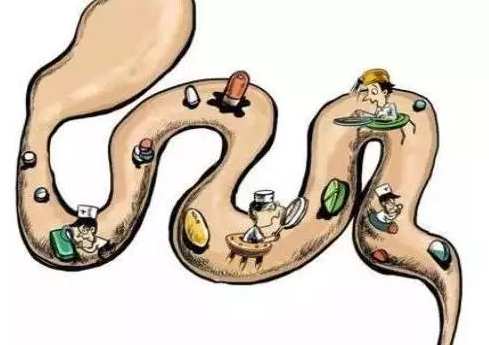
The vast majority of secondary AEF patients show gastrointestinal bleeding, which can be a large amount of bleeding, but also a small amount of bleeding, manifested as fecal occult blood, most of the initial bleeding is intermittent self limiting, that is, signal bleeding. If the bleeding is serious, it can lead to myocardial ischemia, lower limb necrosis, renal failure or irreversible shock. For example, the bacterial infection of hematoma in the pseudoaneurysm formed at the graft or anastomotic site, the patient can see shivering, fever, fatigue or drainage fluid flowing out from the old incision.
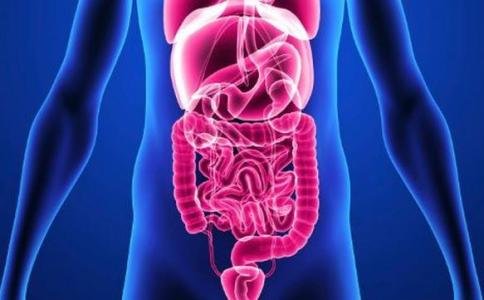
Continuous gastrointestinal decompression should be continued after operation; Maintain good blood circulation; The skin temperature, color, pulse of femoral artery, popliteal artery and dorsalis pedis artery were observed; Broad spectrum antibiotics were used and adjusted after the results of drug sensitivity test; Pay attention to observe the nature of drainage and drainage volume; CT, MRI and ultrasound were used regularly to detect the condition of new grafted artificial vessels or artery stumps, especially the signs of pseudoaneurysm formation.
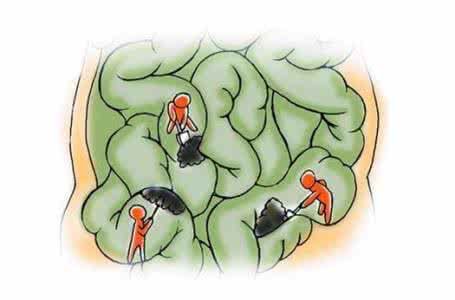
matters needing attention
1. Diet should pay attention to light, more porridge, noodles soup and other easy to digest and absorb food is better. 2. Eat more fresh fruits and vegetables to ensure the intake of vitamins. 3. Give liquid or semi liquid food, such as porridge, rice soup, etc.








